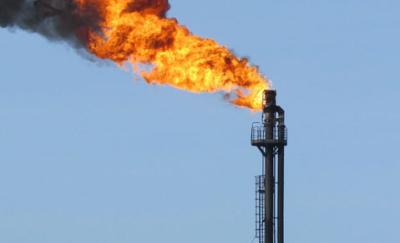Authors
David Cooley and Kait Siegel (Abt Global), Emma Zinsmeister, Colby Tucker, David Tancabel (EPA)
Abt developed benefit-per-kWh (BPK) values for the Environmental Protection Agency that can help state and local government policymakers and other stakeholders estimate the monetized public health benefits of investments in energy efficiency and renewable energy (EE/RE). The BPK values represent estimates of the monetized annual public health benefits resulting from emissions reductions associated with EE/RE projects, programs, and policies. There are different values for each combination of region, EE/RE intervention type (e.g., wind, solar) and discount rate, and the values reflect energy, air quality and health benefits.
In addition to updated data, the 2021 Technical Report for EPA includes:
- Revised regions, expanding from 10 to 14.
- Benefits of two new energy types: offshore wind and distributed (rooftop) solar.
- New approaches that avoid transmission and distribution losses in values related to energy efficiency.



